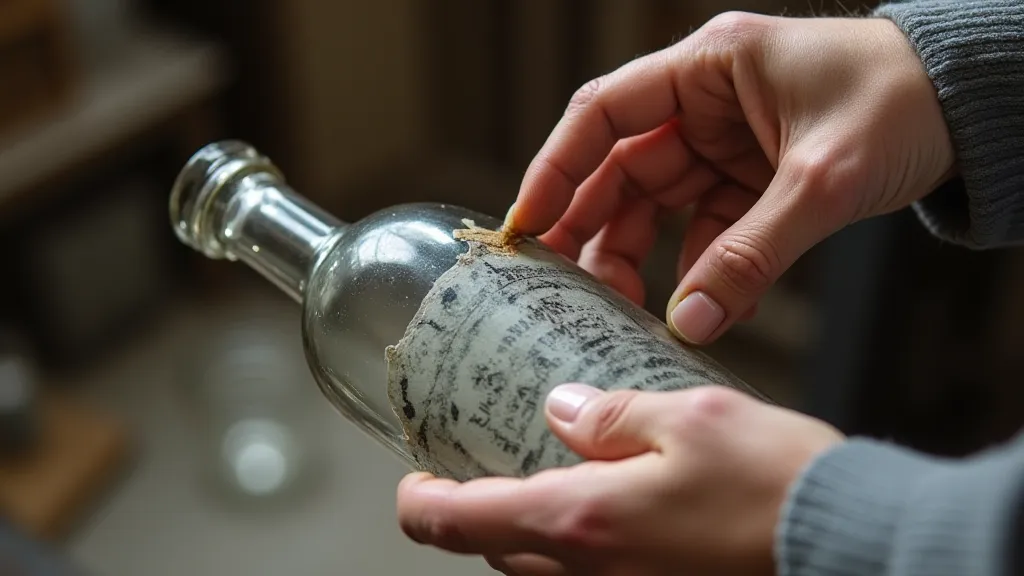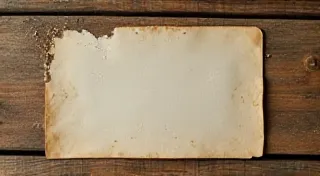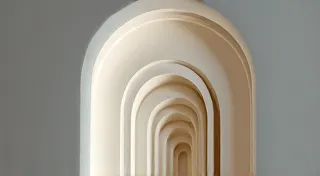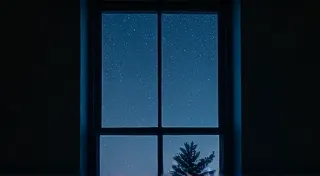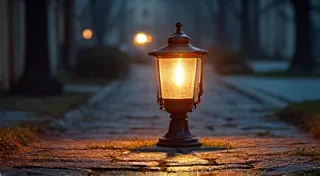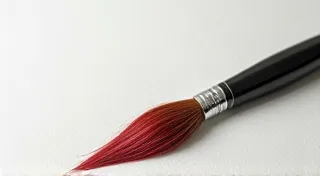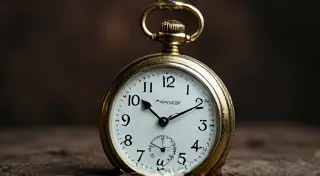The Cartographer’s Bottles: Mapping Inner Landscapes Through Etching
There’s a particular scent associated with antique bottles – a whisper of earth, glass, and time. Holding one, especially an older example, isn't just holding a vessel; it’s cradling a silent storyteller. While many antique bottles were practical objects – medicine containers, milk bottles, industrial storage – others, especially those with unusual forms and decorations, carried a deeper resonance. And when we, as modern craftspeople, choose to adorn them with reverse glass etching, we're not merely decorating; we’re adding our own layer of narrative, transforming them into vessels of personal cartography.
The connection to cartography is more than just a charming metaphor. Consider the historical role of maps – not just tools for navigation, but representations of understanding, of aspiration, and of ownership. They chart not just geographical landscapes, but also intellectual and emotional territories. Reverse glass etching, when approached thoughtfully, can achieve a similar effect: layering imagery and texture onto a blank canvas (the bottle) to depict an internal landscape.
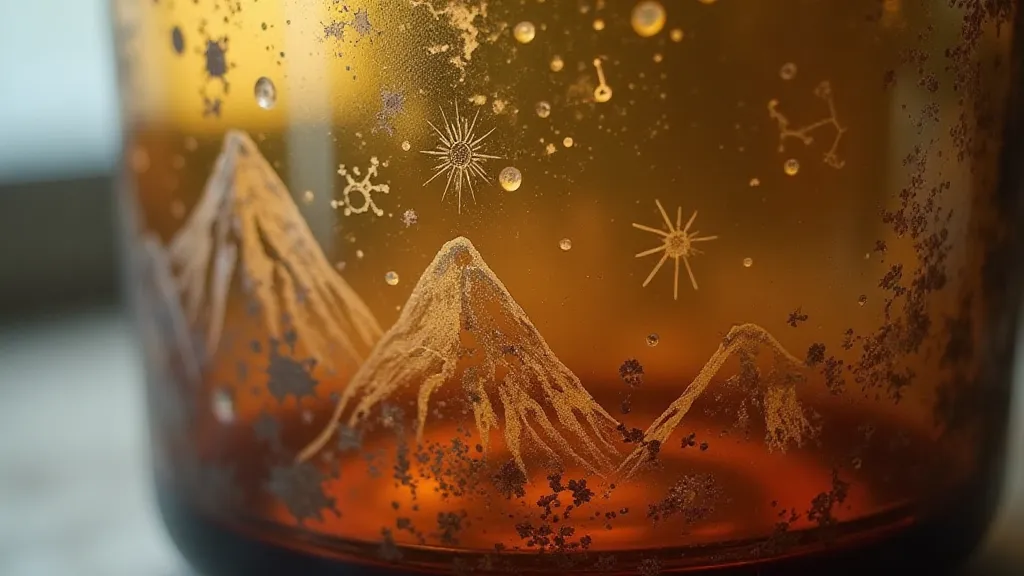
The History Etched in Glass
Reverse glass etching itself isn't new, but its popularization as a craft is relatively recent. Traditional methods involved acid etching, but the modern, stencil-based technique accessible to home crafters has opened up a world of possibilities. Historically, glass etching was used for decorative purposes, from church windows to elegant tableware. During the Victorian era, etched glass flourished, adorning everything from lamps to mirrors. But the potential for personal expression through etching, especially on found objects like antique bottles, is something that feels truly contemporary.
The allure of antique bottles is undeniable. They represent a tangible link to the past – a glimpse into the lives of those who came before. Each bottle bears the marks of its journey, from the manufacturing process to the decades it spent in storage or circulation. Often, you’ll find subtle imperfections – bubbles in the glass, slight color variations, or even remnants of old labels. Rather than seeing these as flaws, consider them as part of the bottle’s story, ready to be woven into your etched design.
Finding Your Personal Map
The process of layering in reverse glass etching is crucial for creating depth and complexity, much like the contour lines on a topographical map. Don't feel constrained by literal representation. Think about what you want your bottle to convey. A personal journey? A lost love? A cherished memory? Abstract shapes and textures can be just as powerful as recognizable images.
Imagine, for example, etching a series of concentric circles on a bottle to represent the ebb and flow of time, with subtle variations in texture to indicate periods of joy and sorrow. Or perhaps a series of fragmented lines to symbolize a broken relationship, gradually mending and rejoining over time. The beauty lies in the personal interpretation – the story the viewer projects onto your creation.
The choice of bottle is also significant. A bottle with a unique shape can influence your design. A tall, slender bottle might suggest a soaring perspective, while a squat, rounded bottle could evoke a feeling of groundedness or introspection.
Texture and the Language of Glass
Texture plays a vital role in creating a sense of realism and emotional depth. Experiment with different etching techniques to achieve varied textures. A light, uniform etch can create a smooth, polished surface, while a heavier, more concentrated etch can create a rough, textured effect. Stippling, layering, and even incorporating small, deliberate “mistakes” can add character and authenticity.
Consider the impact of leaving portions of the bottle unetched. These untouched areas become islands within your design, providing visual contrast and emphasizing the etched elements. They can represent moments of clarity, resilience, or untouched beauty within the overall narrative.
When designing, think about negative space – the areas around your etched imagery. These areas are just as important as the etched areas themselves, helping to define the composition and create a sense of balance.
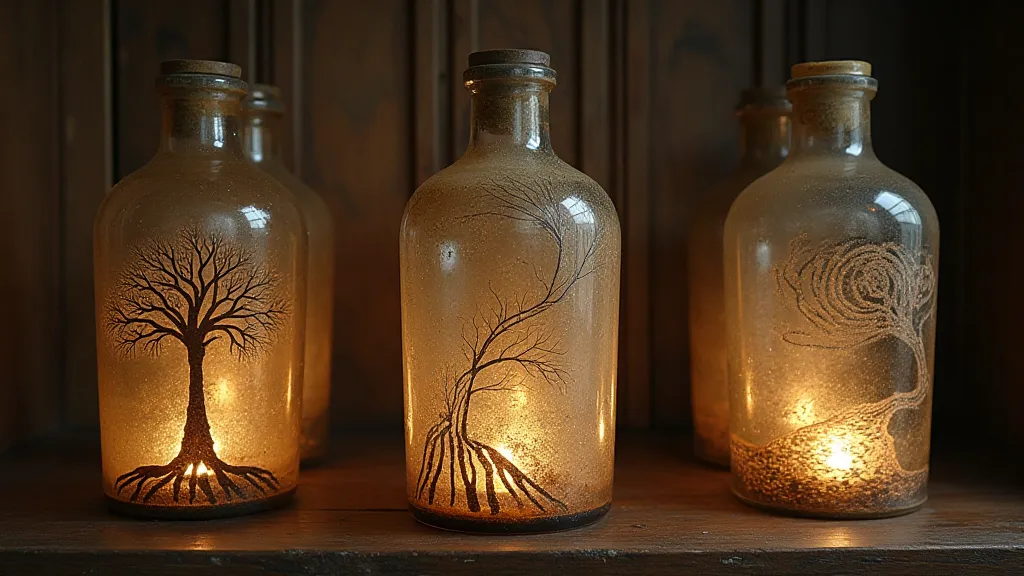
The Restoration & Collection Connection
For those interested in antique bottles, the act of reverse glass etching can be a form of respectful restoration. Not in the sense of “fixing” the bottle’s condition (damage is often part of its history), but in enhancing its aesthetic appeal and giving it a new lease on life. This isn’t about erasing the past; it's about celebrating it and adding to it.
Collecting antique bottles can be a rewarding hobby. Researching the history of different bottle types – milk bottles, soda bottles, medicine bottles – can provide valuable insights into the culture and industries of the past. Knowing the provenance of a bottle – where it was made, what it was used for – can add another layer of meaning to your etched design. However, it’s crucial to treat antique bottles with care and respect, acknowledging their historical significance.
Beyond Technique: The Emotional Resonance
Ultimately, the art of reverse glass etching on bottles is about more than just technique. It’s about finding a way to express your inner landscape, to share your story, and to connect with the past. It’s about transforming a simple glass object into a vessel of emotion, a testament to the enduring power of human creativity.
Don’t be afraid to experiment, to take risks, and to let your intuition guide you. The most compelling designs are often those that arise from unexpected combinations of technique and emotion. The cartographer's bottle isn’t just a decorated object; it’s a reflection of the soul.
